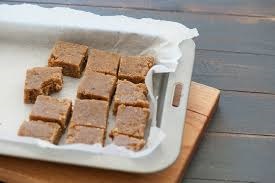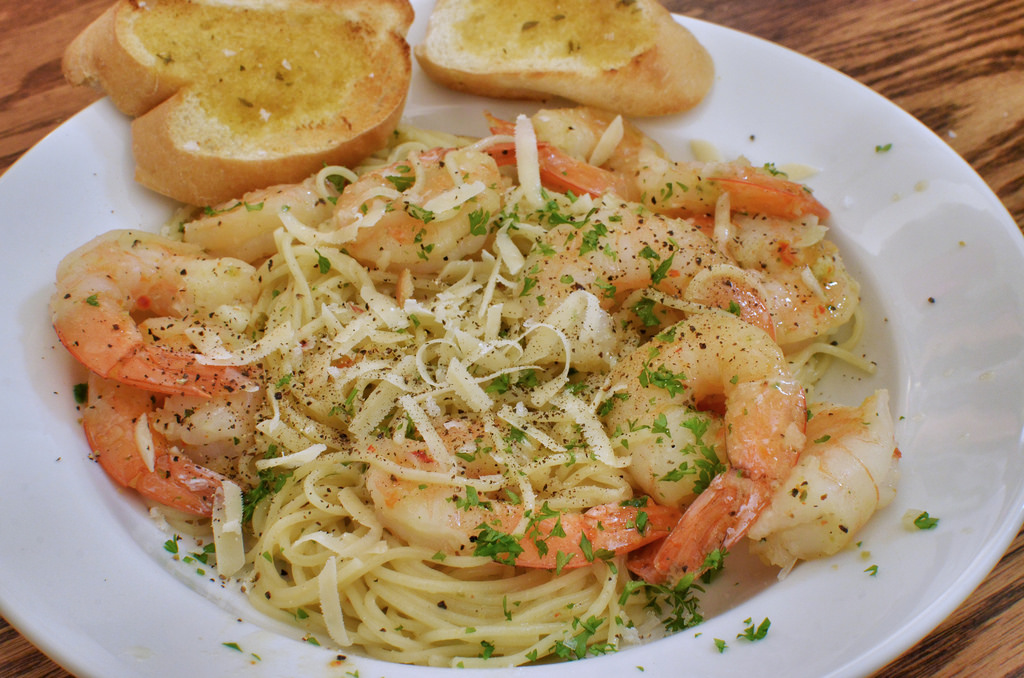Brown Butter: Arguably the Best Shortcut in Cooking and Baking
I have the best in-laws in the world. Some people might think they have the best in-laws in the world, but I assure you I do. Not only did they give me the most amazing husband in the world, but they are also the ones who introduced me to my favorite entrée: garlic Mizithra spaghetti. You can get this dish from The Old Spaghetti Factory. They are famous for their spaghetti with a browned butter and Mizithra cheese sauce. The browned butter gives it such a rich depth, and when you add garlic, bacon and parsley to the mix, it’s a little taste of food heaven.
Not only is brown butter absolutely amazing in spaghetti, it is far more commonly used in baking. You can make a brown butter spread to slather on toast. If you add a pinch of cinnamon, you can make cinnamon bun butter, which is a spread that gives the essence of your favorite cinnamon buns.

Brown butter is truly one of the best shortcut ingredients to great cooking and baking. It can bring a nutty complex to any kind of cake; it adds toasted flavors to blondies, cornbread, and of course savory dishes like pasta and risotto.
I think brown butter can be a little intimidating to your average home-baker but it is really simple. If you’ve got a pan, a rubber spatula and a stick of butter, you are good to go. Here is the run-down with some help from Nila Jones, a contributor at seriouseats.com:
Step One: Heat Butter in a Light-Colored Pot
Butter consists of clear yellowish butterfat, water, and milk proteins. When browning butter, those proteins are what’s actually browning. Start by plopping the desired amount of butter in a heavy-bottomed and preferably light-colored saucepan. The heavy bottom ensures the butter heats evenly while the light color allows you to monitor the butter's color as it browns.
Heat the butter gently over low heat it has melted completely.
Stirring the butter with a rubber spatula all through the browning process helps it melt evenly.
Step Two: Cook Off Water
Butter contains 13 to 17% water, which has to go before the fat's temperature can rise enough to brown the milk proteins. Once the butter reaches a temperature of 212°F, the water in the butter starts to evaporate much more quickly. As a result the butter will start to bubble and splatter dramatically. I usually place a splatter screen over the pan at this point, though swirling the pan and stirring constantly to make sure any and all bubbles get released will work as well.
Make sure to scrape the sides and bottom of the pan to prevent the butter from catching and burning.
Step Three: Brown the Butter
After about five minutes the butter will start to foam. This is when you want to watch the butter like a hawk, stirring it around with your spatula to prevent the milk solids from sticking to the bottom of the pan.
You can tell the butter is browning because dark golden flecks (browned milk solids) will appear in the melted butter, which will start to smell nutty and toasty.
The foam can make it hard to see if the butter is browned to your liking, so to check the color, try clearing away some of the foam with a spoon or take the pan off the heat and spoon a little of the butter onto a white plate.
Once you're happy with the level of browning, pour the butter—browned milk solids and all—into a heatproof bowl and stir it for one or two minutes to cool it down. If you were to leave the butter in the pan, the residual heat would continue to cook it, and the butter might scorch from a perfect brown to a burnt-tasting black.
Also, keep in mind that only the milk solids turn a dark golden brown, not the butter itself. The fat will be darker as well, but not as dramatically as the milk solids.

The hot melted butter can be used immediately in savory dishes (try drizzling it over pasta with some Mizithra cheese), or chilled to cream into cookies and cakes.
- www.pixelbay.com
- www.seriouseats.com
 Mary Richardson
Mary Richardson
Weekly Newsletter Contributor since 2014
Email the author! mary@dvo.com
